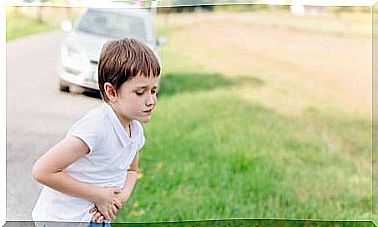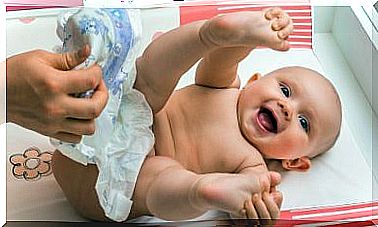Positive Stimuli Can Activate Your Child’s Memory
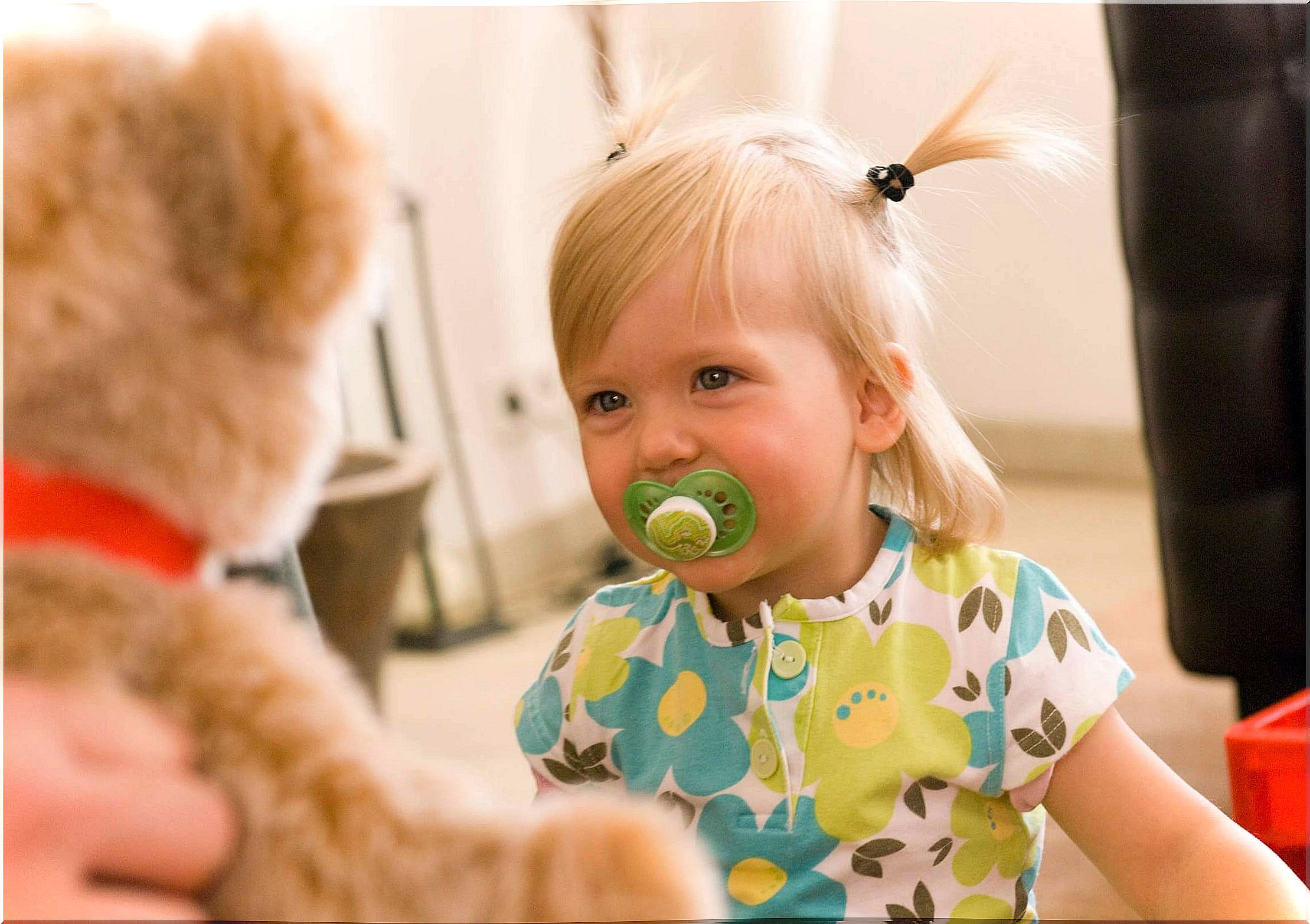
A child’s memory is activated by sensory and cognitive stimuli from the environment. Why and how does it work? And why are positive stimuli so effective?
Immediately after birth, your baby has an average of 100 billion nerve cells, but only a few connections between these nerve cells. These connections multiply as your child grows.
As a parent, there are various stimuli you can use every day to stimulate your children. For example, you can talk to them in a happy and tender tone, make them smile or make funny faces.
Did you know that all the above examples are positive stimuli? As you can see, it is easier to give your children positive stimuli than you might think!
Children are like mushrooms at this age and learn quickly and spontaneously every day.
According to a study conducted by Brigham Young University in the United States, positive stimuli are a great way to help your children begin to learn to remember things that interest them.
Everything becomes easier with positive stimuli
Because babies cannot express themselves in words, the researchers decided to observe their memory capacity through their eye movements. They observed how long the children looked at each test image.
To do the test, they put the children in front of a monitor. They played a movie where a person spoke in different tones. At the same time, they showed a geometric image.
Part of the study consisted of the person in the film using a rough and angry voice to talk to the children while looking at the geometric pictures. During the second part, they heard a happy, understanding and affectionate voice speaking to them as they looked at other pictures.
By analyzing their eye movements and how long the gaze was fixed on certain images, they concluded that positive stimuli help children activate memory faster than children who receive negative stimuli.
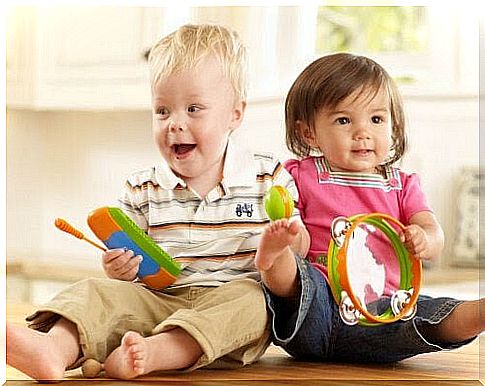
The result of positive stimuli
The test was repeated five minutes later and then again the next day. However, during the test carried out the following day, a new geometric shape was introduced.
The researchers recorded the time the children devoted to each geometric image. They discovered that if the form was associated with a negative voice, children tended to forget it.
They did much better when the form was associated with a happy and positive voice.
After conducting the experiment for two days, the researchers again showed the pictures to the children. This time without associating them with any voices.
They noticed that the children still paid more attention to the pictures that were once associated with a positive and happy voice.
It turned out that the use of positive stimuli during learning helped to increase their knowledge in a lasting way.
This explains why those who try to teach or shape their child’s behavior through reprimands and threats have such poor results.
Attention is one of the cornerstones for the creation of new connections between brain cells and for the formation of stable circuits in the brain.
It is widely known that stable and lasting circuits in the brain only occur when we pay attention. That is why it is so important to keep a child attentive and focused.
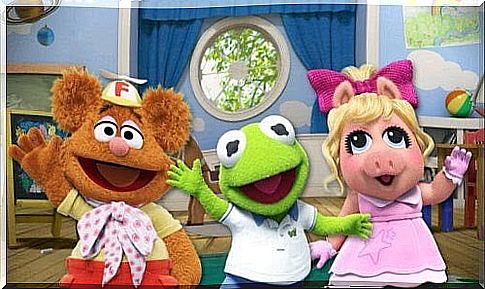
Activate your child’s memory in a dynamic way
Regular and systematic activation stimulates the growth of new nerve cells. It also increases the number of synaptic connections between brain cells.
To achieve this neuroplasticity, parents must adequately and consistently stimulate the child with interesting tasks that require his or her attention. Repetitive activities give the child positive feedback, just like when children play naturally.
According to Young Ross Flow, lead researcher in the study: “ We were the first to study how emotional stimuli affect memory. We believe that positive stimuli intensify children’s attention. By doing so, we also promote their ability to process and perhaps remember certain geometric divs. ”
Finally, the researcher pointed out that this is one of the first studies linked to a child’s memory and its relationship to the affective part of the brain. There will surely be many more studies that focus more on this area.
Positive stimuli from an early age can therefore so far be said to be the key to stimulating your child’s memory.




